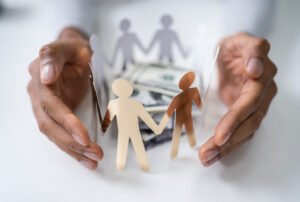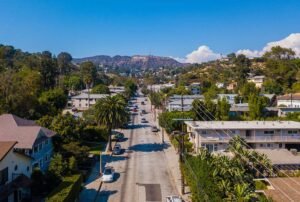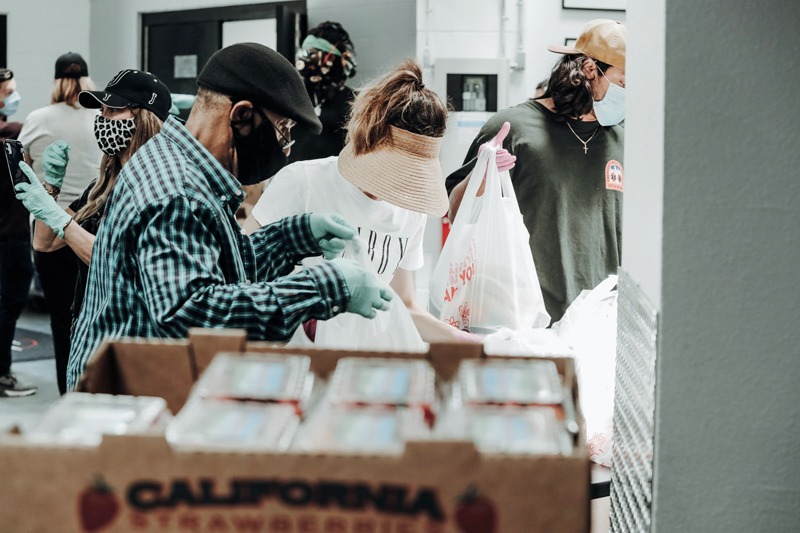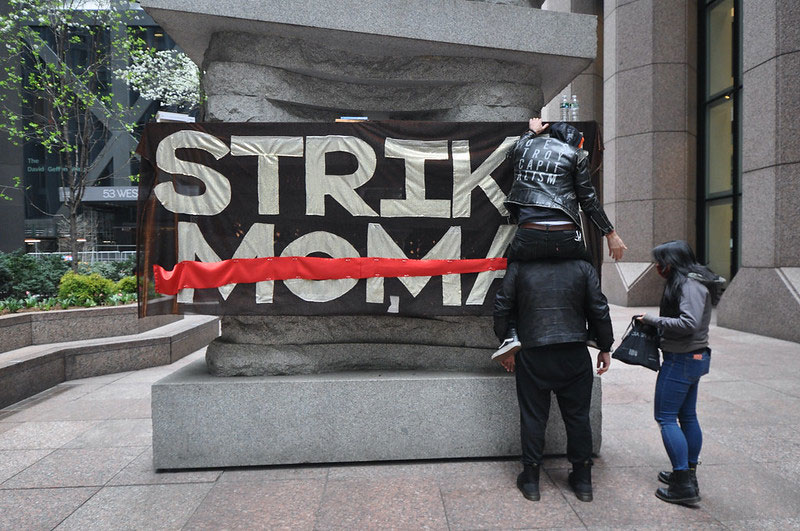February 4, 2011; Source: Bloomberg News | According to the U.S. Department of Education, students at for-profit colleges are more than three times as likely to default on their federal loans than their counterparts at private nonprofit colleges, and more than twice as likely as students at public universities.
The default rate for students at the for-profits jumped from 21 percent for the three years ending in 2009 to 25 percent for the three years ending in 2010, including over 30 percent for students at Kaplan Higher Education campuses (owned by the Washington Post) –compared to 11 percent for public universities and 7.6 percent for private nonprofit colleges.
The chair of the Senate education committee, Tom Harkin (D-IA), commented that "students who attend for-profit colleges are dramatically worse off after they leave than students at private or public nonprofit schools.” The trade association that promotes the for-profits responded that for-profit colleges "serve low-income students who depend upon loans to pay tuition, and are at greater risk of default than students at other types of schools."
Sign up for our free newsletters
Subscribe to NPQ's newsletters to have our top stories delivered directly to your inbox.
By signing up, you agree to our privacy policy and terms of use, and to receive messages from NPQ and our partners.
Under rules that go into effect next year, schools with student loan default rates higher than 30 percent over three years or 40 percent in one year could be deemed ineligible for federal student aid. The odd upshot for nonprofit schools came from Senator Dick Durbin (D-IL), who recently called on nonprofits to support the for-profit rules. "You cannot come to Congress to ask for more funding for Pell Grants while looking the other way as billions of dollars of our current investment are wasted,” Durbin said.
Can you ascribe student loan default rates to the tax status of the college? In other words, are the for-profits in some way preying upon students, raking in the federally paid tuition fees, without much concern for the students’ ability to get their degrees and pay back the loans, or are the default rates due to the lower income profile of the students? Have the nonprofit schools formulated a nonprofit position on higher education and on federal student loans, or are the nonprofits looking the other way, as Senator Durbin charged, for reasons as of yet unarticulated?—Rick Cohen












